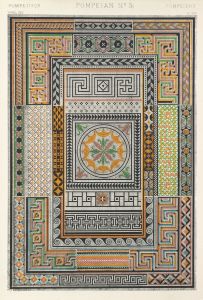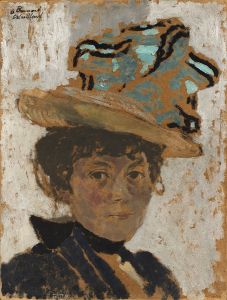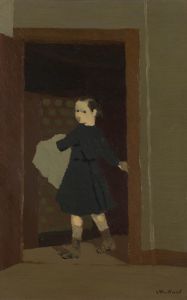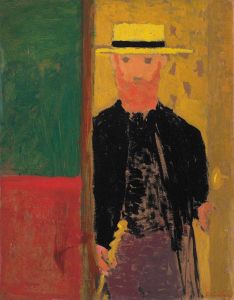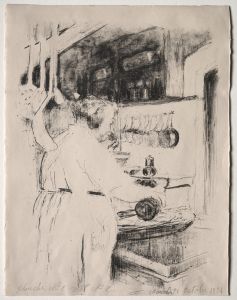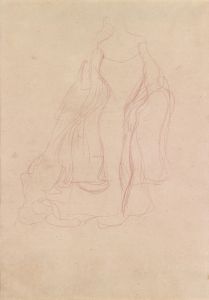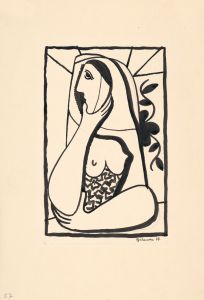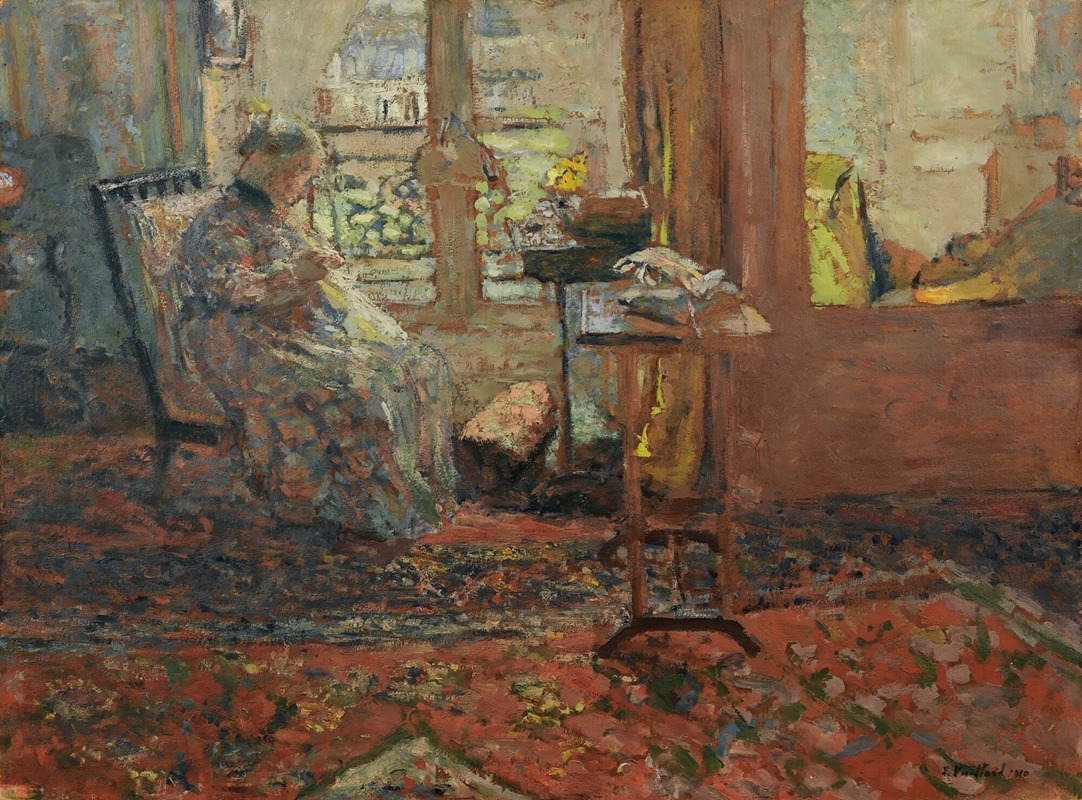
La Couseuse Devant La Fenêtre
A hand-painted replica of Édouard Vuillard’s masterpiece La Couseuse Devant La Fenêtre, meticulously crafted by professional artists to capture the true essence of the original. Each piece is created with museum-quality canvas and rare mineral pigments, carefully painted by experienced artists with delicate brushstrokes and rich, layered colors to perfectly recreate the texture of the original artwork. Unlike machine-printed reproductions, this hand-painted version brings the painting to life, infused with the artist’s emotions and skill in every stroke. Whether for personal collection or home decoration, it instantly elevates the artistic atmosphere of any space.
Édouard Vuillard's La Couseuse Devant La Fenêtre (translated as The Seamstress by the Window) is a painting created by the French artist, who was a prominent member of the Nabi movement. Vuillard, known for his intimate and domestic interior scenes, often depicted quiet, everyday moments in his works, and this painting is a notable example of his style.
The artwork portrays a woman seated by a window, engaged in sewing. The composition emphasizes the interplay of light and shadow, as natural light filters through the window, illuminating the figure and the surrounding interior. Vuillard's characteristic use of muted, harmonious colors and intricate patterns is evident in this piece, reflecting his interest in creating a sense of atmosphere and texture. The painting captures a moment of quiet concentration, with the figure absorbed in her task, embodying the introspective and intimate qualities that define much of Vuillard's work.
Vuillard was deeply influenced by his surroundings and often drew inspiration from his own home life and the people close to him, including his mother, who was a seamstress. Many of his works feature domestic interiors and scenes of women engaged in everyday activities, reflecting his fascination with the private, personal spaces of life. La Couseuse Devant La Fenêtre fits within this broader context of his oeuvre, showcasing his ability to transform ordinary moments into art.
The painting is also an example of Vuillard's interest in decorative elements, a hallmark of the Nabi movement, which sought to bridge the gap between fine art and decorative art. The patterns on the fabrics, walls, and other surfaces in the painting demonstrate his meticulous attention to detail and his skill in integrating these elements into the overall composition.
As of now, specific details about the date of creation, the current location of the painting, or its provenance are not widely documented in public sources. However, the work remains an important representation of Vuillard's artistic vision and his contributions to the post-Impressionist and Nabi movements.
This painting exemplifies Vuillard's ability to capture the quiet beauty of everyday life, blending realism with a decorative sensibility. It continues to be appreciated for its subtle emotional depth and the artist's mastery of color, light, and composition.







